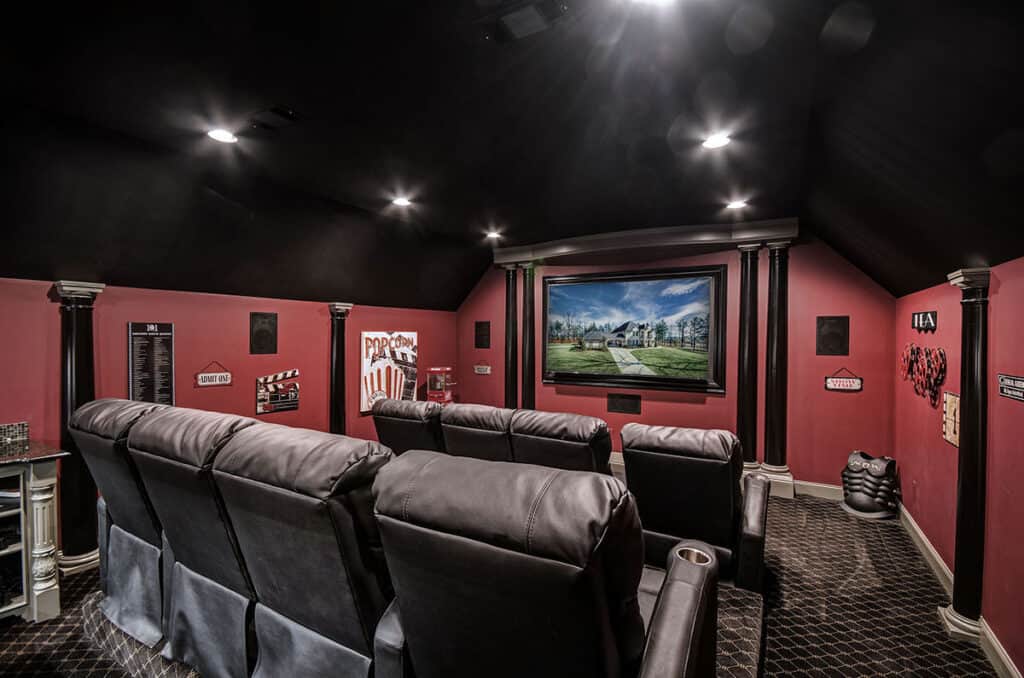
As an Amazon Associate, I earn from qualifying purchases. This post contains affiliate links. This means I will make a commission at no extra cost to you should you click through and purchase. Read the full disclosure here.
High Dynamic Range (HDR) photography is a technique that allows photographers to capture a wider range of tones and details in a single image. Photographers can create stunning images with rich colors, enhanced dynamic range, and intricate details by combining bracketed photos taken at different exposures. In this blog post, we will delve into capturing, combining, and editing bracketed photos into HDR, empowering you to master this technique and unlock the full potential of your images.
Bracketed photography involves capturing multiple images of the same scene at different exposures, typically one underexposed, one properly exposed, and one overexposed. This bracketing technique ensures that all areas of the image, from shadows to highlights, are properly exposed in at least one of the shots. Using a tripod to maintain consistent framing across the bracketed shots is crucial.
You can manually adjust your camera's exposure settings or use the auto-bracketing feature to capture bracketed photos. Start by determining the optimal exposure for the scene and then capture additional shots at lower and higher exposures. The number of bracketed shots will depend on the scene's dynamic range and personal preference, but three to five images are typically sufficient.
To combine and edit bracketed photos into an HDR image, you will need dedicated HDR software. Several options include Adobe Photoshop, Photomatix, and Aurora HDR. Research and experiment with different software to find the one that best suits your workflow and desired outcome.
Once you have captured your bracketed shots, import them into your chosen HDR software. The software will automatically align the images and merge them into a single HDR image. Adjust the merging settings to control the level of detail and tonal range in the resulting HDR image. Experiment with different settings to achieve the desired effect, balancing realism with artistic interpretation.

After merging the bracketed photos, the HDR software will provide various tone mapping options. Tone mapping allows you to manipulate the image's tonal range, contrast, and overall appearance. Adjust sliders such as exposure, highlights, shadows, contrast, and saturation to refine the HDR image. Be cautious not to overdo it, as excessive adjustments can result in an unnatural and artificial-looking image. Strive for a balanced and realistic final result.
One challenge when merging bracketed photos is dealing with potential ghosting and artifacts caused by moving elements in the scene. Ghosting can occur when subjects or objects change position between shots, resulting in blurred or duplicated elements in the final image. Most HDR software provides tools to address these issues, such as ghost removal and selective de-ghosting. Utilize these tools to minimize unwanted artifacts and ensure a clean and crisp final image.
While HDR software offers extensive editing capabilities, further post-processing in photo editing software like Adobe Lightroom or Photoshop can enhance the final image. This step lets you fine-tune colors, sharpen details, adjust local contrast, and apply creative effects. Use these tools judiciously, keeping the image's natural appearance in mind, and remember that subtlety often yields the best results.
HDR photography is a skill that improves with practice and experimentation. Take the time to shoot different scenes with varying levels of contrast and lighting conditions to familiarize yourself with the technique and understand its limitations. Analyze your results, seek feedback, and continually refine your approach to achieve the desired aesthetic and visual impact.
HDR photography provides a powerful tool for capturing and showcasing the full dynamic range of a scene. By understanding the process of capturing bracketed photos, selecting the right software, and mastering the merging and editing techniques, you can create stunning HDR images that captivate viewers with their vibrant colors, impressive details, and balanced exposure. Embrace the versatility of HDR photography, explore its creative possibilities, and watch as your images come to life with a newfound depth and visual impact.
As an Amazon Associate, I earn from qualifying purchases. This post contains affiliate links. This means I will make a commission at no extra cost to you should you click through and purchase. Read the full disclosure here.